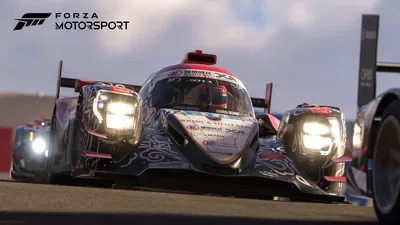Porsche’s Miraculous 3D-Printed Pistons ‘Add 30bhp, Improve MPG’

Porsche has revealed how it used 3D printing to unlock level 99 of sports car manufacture, gaining access to small but significant power boosts that had until recently been limited to the money-no-object inhabitants of the hypercar village.
The Stuttgart speed merchants explained that the current 911 GT2 RS couldn’t have safely achieved its 700 metric horses without the use of 3D printing, specifically to manufacture its unique pistons. Some 30 among its equine horde were only freed thanks to a specific design that’s impossible to produce with conventional methods.

Porsche says using a laser metal fusion process, where a laser beam melts the surface of high-purity metal powder to fuse it to the layer beneath, allowed them to make pistons that weigh 10 per cent less than forged equivalents. That equates to a pretty huge reduction in inertia at the GT2’s redline.
There’s also an “integrated and closed” cooling duct in the piston crown that simply can’t be produced the old-fashioned way. Together with the weight saving, Porsche is left with an engine that can hit bigger tacho numbers with better reliability, not to mention greater fuel efficiency. Porsche worked with Mahle and laser experts Trumpf to make it happen.

Pistons aren’t the only thing Porsche is 3D printing. Since May you’ve been able to order (online, presumably) a partly 3D-printed full bucket seat for the 911 and 718 series. The cushions and backrest surfaces are produced in this way because it’s super precise and yet easier than developing a whole new set of tools for the job.
On top of that, the brand’s 3D printers are kept busy with orders for reproduction parts for back-catalogue classics whose spares are no longer available. Need a new clutch lever for your 959? Don’t we all, and fortunately Porsche can now 3D-print you one. The company expects to expand its efforts on this front, leading to innovative details on low-volume special editions.













Comments
This sort of article I find super interesting! Way better content than the millionth compact crossover reveal or BMW M3 spy shot every week.
100% agreed
To be fair, you are only describing two of last week’s 22 articles…
Even though 3D printing metal takes a lot of time to print, there are plenty of good advantage over casting. The tolerances are tighter much means less time of machining, you can make pocket which if impossible with casting, less material waste and the production can start earlier
It’s amazing how far 3D printing has come in just a couple years. One of the biggest flaws of 3D printing was that the crystal structure of the finished part was inferior to a forged part. I’m not sure how Porsche and its partners overcame this challenge, but if they were able to 3D print something like a piston, which relies heavily on the grain structure being optimized for the application, then there’s not much stopping them from printing all the metal structures of the car, powertrain included.
I didn’t know about the crystal structure, nice to know!
I am seriously impressed with Porsche for doing this, its great to see 3D Printing Technology coming to the Automotive world and stuff and doing this to increase fuel economy and stuff!